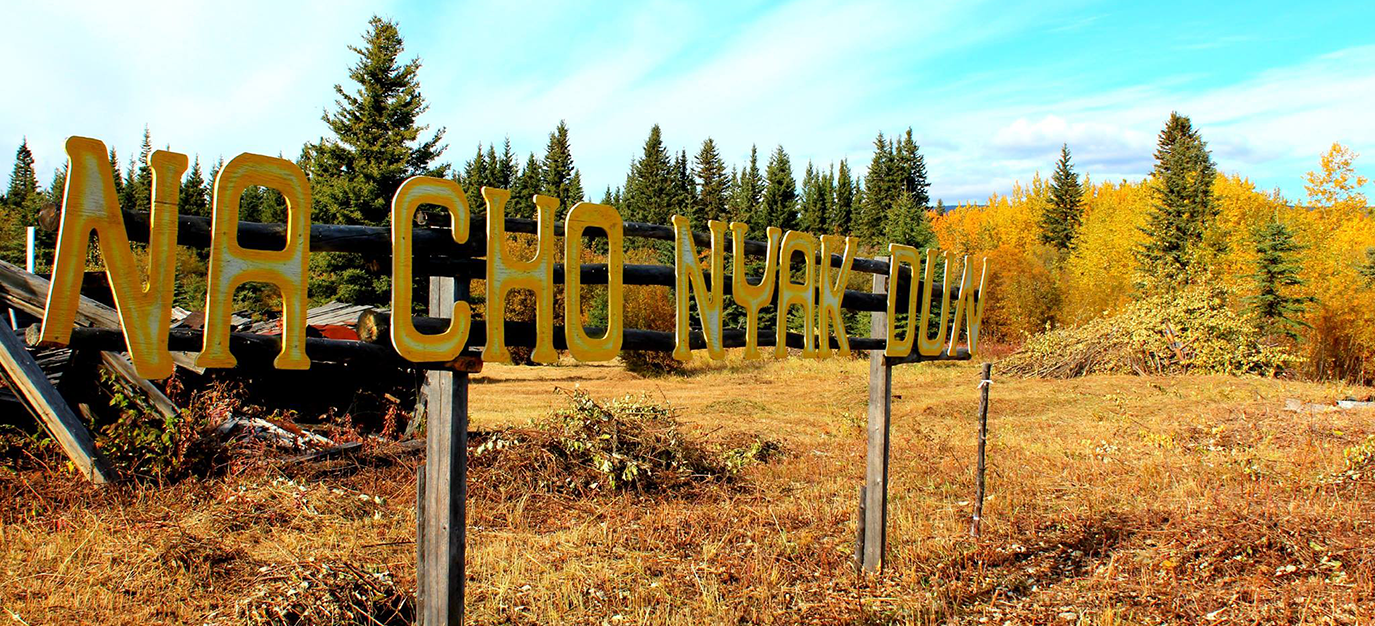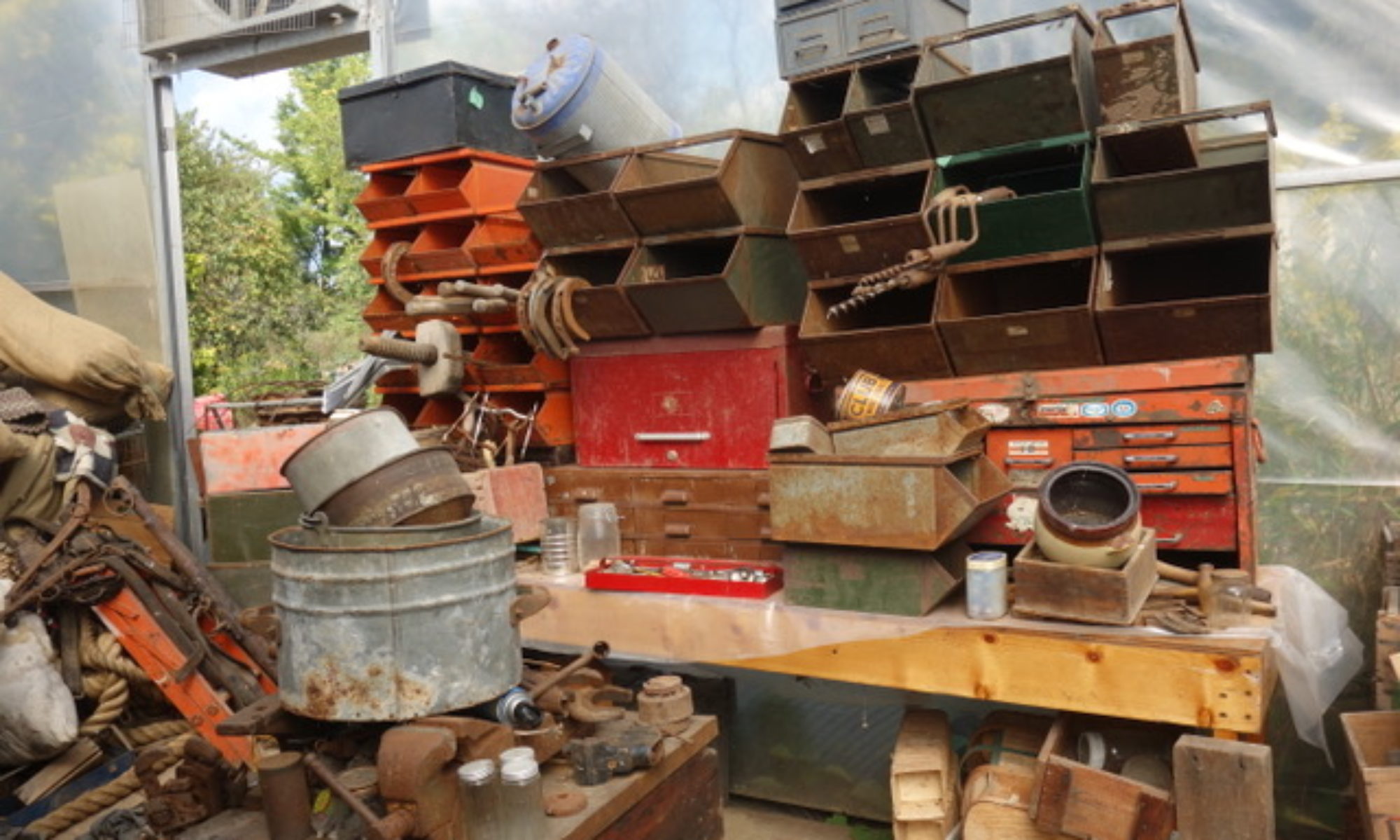EPISODE 232 MOSES LORD AND HIS PEOPLE, THE “NA CHO NYANG DUN” (people of the great river)
alan skeoch
Jan. 20 2021
Moses Lord in 1962…enjoying a fruit salad lunch with our crew in August 1962
This is Moses Lord, a leader figure among the Na Cho Nyang Dun First Nation people. I got to know him very well as one of our
key employees and also as a friend. His people were centred in Mayo Landing…: “Na Cho Nyang “ means “the Great River”, renamed the Stewart River which drains a large part of the eastern Yukon.
It is now 58 years since I worked in the Yukon yet I remember Moses as if we met yesterday. Especially Mid August 1962.
Poured rain incessantly. Our work could not stop even in cases fo sickness. Moses caught the Flu…weakening his normally robust
nature. Too sick to eat. All he really wanted to do was sleep but that was not possible. If he was not available to work then our
whole crew would be down. So Moses slogged through the swamps, up the hills, across the creeks, through the stunted forests of
Yukon pine. He was not well but never quit. He did not complain. Stoic. His sickness bothered however me and is noted in my 1962 journal.
Sunday August 19, 1962
Up early and out with the Ronka. Did lines 2 and 4 North with 200 foot and 300 foot spreads. Checked lines 26 north on Peso Silver property
Spent dreadfull day in the rain….poor lunch with no drinking water while rain poured down.
Moses Lord has the flu but had to use him all the same. Bad situation. But being sick is no excuse. We came across 5 ptarmigan. Ate low bush
cranberries and blueberries.
Monday August 20, 1962
Up early…plotted some results on graph paper…quick breakfast and then out on the trail…did lines 8, 10, 12, 14 with
300 foot spread. Then lines 16, 18 with 200 foot spread.
Moses Lord is very sick and went to bed early. I opened a can of chicken stew for supper then began plotting
the results for several hours.
Tuesday August 21, 1962
Got Moses out of bed…he is dreadfully ill. Spent day extending the western grounding rods then did
lines 16N, 20N, 24N,28N, 32N, 36N, 30N, 44N. It was a hard day for Moses who should be in bed. Must be
something I can do? I cooked
supper and he went to bed immediately.
Apparently Bill Dunn got into trouble by leaving a loaded 30-06 rifle on the bar and
Al, the bartender, pulled the trigger. WHAM! Everyone hit the floor. Bill caught hell.
Also received my copies of the Peso Silver and Silver Titan properties.
A new man arrived…First Nations person to replace poor Moses.
Wednesday August 22, 1962
Joy! We covered 4.28 line miles with the new Turam….half finished Base Line #1…Moses Lord wanted
to work so joined new man John Peter. Rained all day long.
Found old prospectors cabin plus lots of fresh bear shit. No danger as bears are
quite happily wolfing down blueberries, swamp apples. red currents and cranberries.
Moses Lord has recovered. Joking about. Really good fellow to work with. Seems other First Nation
people look up to him.

Moses Lord and Dinky…showing me an old miners adit clothed in permafrost
Moses seemed a father figure. And he was treated that way by his own people as well as me.
Sometimes he seemed Amused by what we were trying to do…i.e. trying to find galena (silver and lead mineralization) deposits in the veins that
spread erratically through the bedrock. We were doing this without excavating. Our machine received pings that told where
the silver containing galena might be. Using some kind of electric current. Who could believe that was possible? But Moses said nothing critical. He just did
what was asked of him and he set a great example for our other First Nation employees. Not an easy job but most of
us were young. Full of piss and vinegar. Moses was older.
He drank with us in the Chateau Inn on occasion. Sometimes too excess like the rest of us. At times I thought our work was fuelled by alcohol. Too much alcohol.
I am not sure what Moses thought of that. He always had that amused…intelligent…’hell, I may as well join them” expression
on his face. One day I had to gather my team together fast. Moses was living in a house filled with women…wife, sisters,
daughters. Another two Anglo-Canadians I found dead drunk in the Chateau Inn. I was surprised to find Moses in a family setting.
He knew I was interested in his people but he never went overboard talking about them. Nor did I want to
seem like some 19th century missionary. I would like to have asked him how he got his name but didn’t;
Moses was also a name used by their tribal chief I seem to remember*.
(*Later I read that an Anglican priest named Rev. Julius Kendi had a strong influence on the Na Cho Nyang Dun people in the early 20th century which
may account for so many obviously Christian names.)
The most unforgettable thing that Moses did was give me a set of caribou antlers on my last week on the job. “Alan, do you
want a set of caribou antlers?” was the way he phrased it. Like it was no big deal…no big presentation. “There’s a set
leaning against our house if you want them.”
caribou antlers
Caribou antlers in movie
I still have them. Currently they are part of a movie set being filmed in Toronto…same antlers.
Probably the strangest reminder of Moses Lord happened about 20 years ago when I was asked
to do a CBC national broadcast on mining exploration or was it just s talk about the Yukon. I forget the particulars.
In the course of the broadcast I mentioned Moses Lord. When we went off the air the producer said “Alan, there’s a call
for you from the Yukon.” It was Moses Lord’s daughter saying she was so pleased to have her father mentioned
over the radio Moses had died a while ago. We chatted for a few minutes. Nice.
alan skeoch
Jan. 20, 2021
BACKGROUND OF THE NA-CHO NYAK DUN TRIBE OF MAYO LANDING YUKON.
“The First Nation of Na-Cho Nyak Dun represents the most northerly community of the Northern Tutchone language and culture group. In the Northern Tutchone language the Stewart River is called Na Cho Nyak, meaning Big River. The First Nation of Na-Cho Nyak Dun resides in the community of Mayo, Yukon, and a town that had its beginnings during the boom years of the silver mines in the area. First Nation of Na-Cho Nyak Dun’s Traditional Territory covers 162,456 square kilometers of land, that being 131,599 km2 in the Yukon and 30,857 km2 in NWT.
Historically, the First Nation of Na-Cho Nyak Dun lived and trapped throughout the area surrounding Mayo. In early times, the ancestors of the First Nation of Na-Cho Nyak Dun lived off the land, using the rich supply of game animals, fish, birds, and numerous plants for food and for medicinal purposes. Their lifestyle required traveling throughout the First Nation’s traditional territory at various times of the year, for hunting, fishing, and gathering food to survive.
The First Nation of Na-Cho Nyak Dun is culturally affiliated with the Northern Tutchone people of the Pelly Selkirk, and the Carmacks Little Salmon First Nations. These three First Nations form the Northern Tutchone Tribal Council, an organization which deals with matters and issues that affect all three First Nations. The First Nation of Na-Cho Nyak Dun represents the most northerly community of the Northern Tutchone language and culture group. Some of the members of the First nation of Na-Cho Nyak Dun trace their ancestry to the Gwitchin people of Northern Yukon and the Mackenzie people of Eastern Yukon.
The First Nation of Na-cho Nyak Dun is culturally affiliated with the Northern Tutchone people of the Selkirk First Nation and the Little Salmon and Carmacks First Nation. During these times, the Northern Tutchone dictated the terms of exchanges with their foreign trading partners. The oral history of the Na-Cho Nyak Dun also reveals early contact and trade relationships with explorers and traders coming into the area.
The 19th century brought dramatic changes to Yukon First Nations. The First Nation of Na-Cho Nyak Dun readily accepted these new challenges. In 1915, Reverend Julius Kendi arrived at Fraser Falls, where many people of the First Nation of Na-Cho Nyak Dun were drying fish. Reverend Kendi was a Native catechist of the Anglican faith, from the Peel River district. Reverend Kendi asked the First Nation of Na-Cho Nyak Dun to decide on a site where they could establish their own Village. The decision was made to locate two miles below the Village of Mayo on the banks of the Stewart River. Albert Tom was the traditional chief at Village on the Stewart River for 55 years. The area is now known as “The Old Village”.
The First Nation has been very active in the Land Claims movement since its beginnings in 1973. Members of the First Nation of Na-Cho Nyak Dun were instrumental in helping to guide the Council of Yukon First Nations and its member First Nations during the critical times ending in the 1984 breakdown of negotiations and rejection of the agreements. Two of the crucial issues were the absence of self-government and the extinguishment of aboriginal rights. These two important elements, self-government and the retention of aboriginal rights on settlement lands, were eventually included in the 1993 agreements.
The First Nation of Na-Cho Nyak Dun today has a membership of 602. As a self-governing First Nation, the First Nation of Na-Cho Nyak Dun has the ability to make laws on behalf of their citizens and their lands. Under the land claims agreement, the First Nation now owns 4,739.68 square kilometers of settlement lands and has received in compensation $14,554,654 for which a trust has been established. The First Nation has been actively involved in affairs of the Mayo community, attempting to promote a better, healthier lifestyle for its future generations and a strong economy based on its rich natural resources. (Source)”







Alan – you must have found a lost diary.
I have been reading your emails for years & pretty sure you are
repeating some stories sent in past years, but some recent
stories sound new & never made public before
Owen